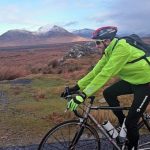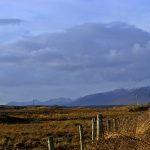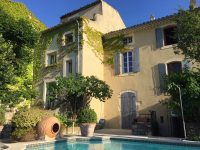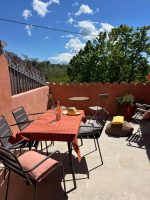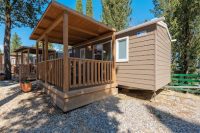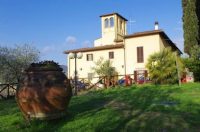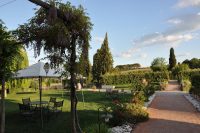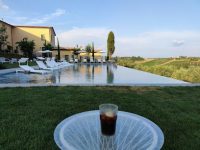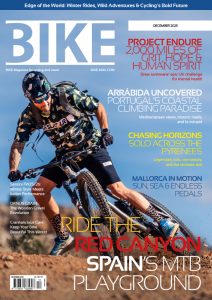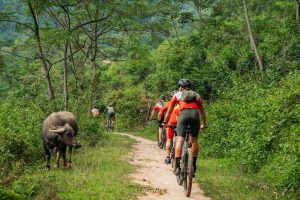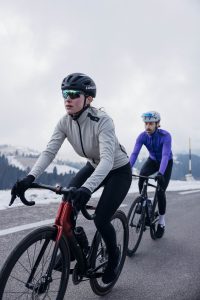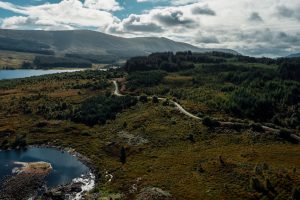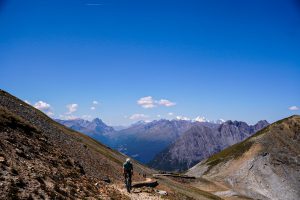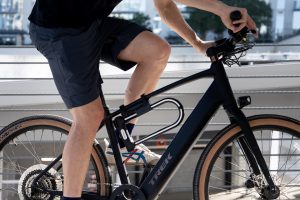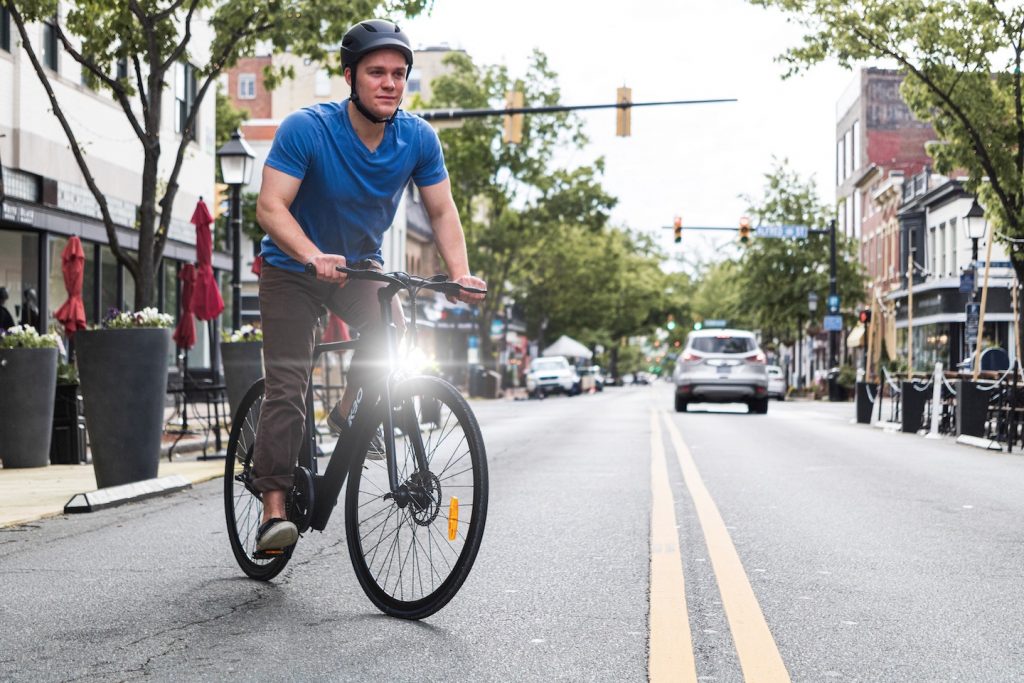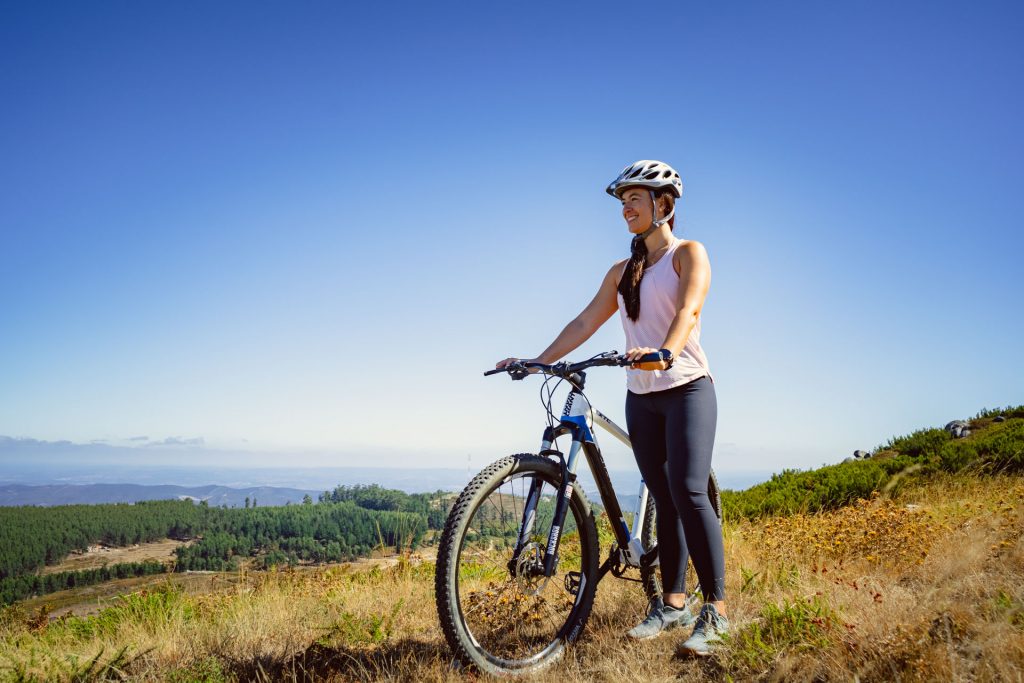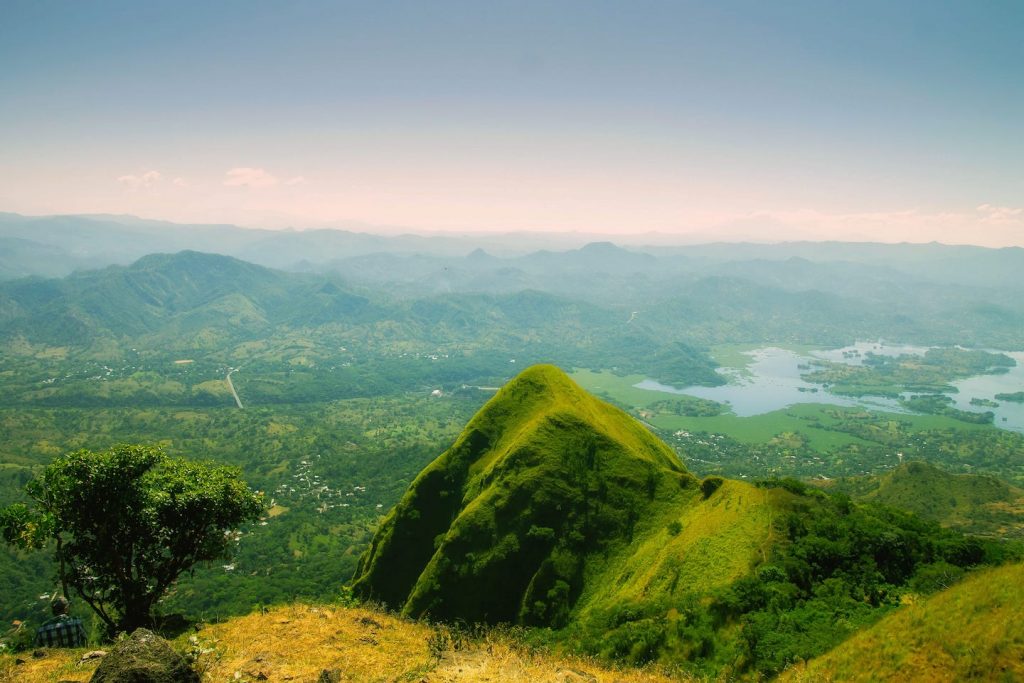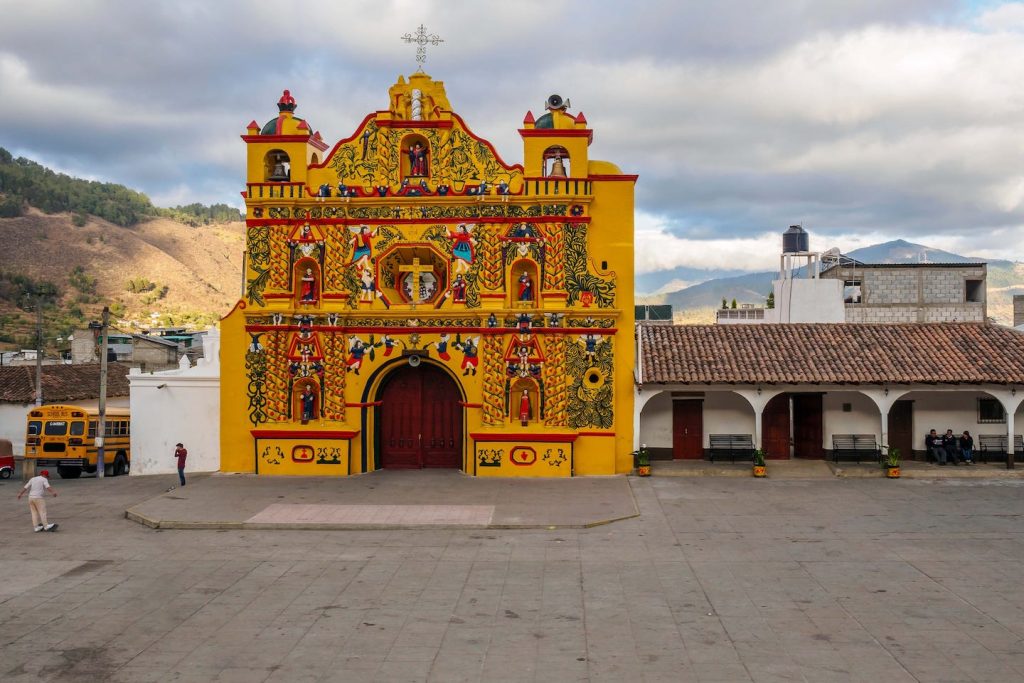Wild Atlantic Way
New Year’s Day is always an anti-climax, all the partying of the festive period (which invariably lasts at least a week) is over and even the normally frenetic dog is overwhelmed with a lethargic malaise. As I sat watching some naff movie, I pondered my first trip of the year. My invite to the West side of Ireland was two-fold; to experience the Wild Atlantic Way and pedal along a section of the Tour of Connemara. My knowledge was limited (it was in fact non-existent) so I did what most would do and scanned the ubiquitous internet. What I found was more than promising with glowing reviews, stunning images and amazing descriptions of wild untouched coastlines, epitomised by the following passage. “Where land and sea collide, where untamed beauty abounds, welcome to the unforgettable experience of the Wild Atlantic Way” I was sold, who wouldn’t be after those evocative words?
Our transportation was expertly provided by Aer Lingus, the flight from Heathrow to Shannon was short, fuss-free and comfortable and we arrived at midday. The weather was cold but the sun had decided to provide a wonderful bright Irish welcome.
The Wild Atlantic Way is a tourism trail on the west coast of Ireland. The 2,500 km (1553 miles) driving route passes through nine counties and three provinces, stretching from County Donegal’s Inishowen Peninsula to Kinsale, County Cork, on the Celtic Sea coast. Along the route there are places and attractions which have been designated as points of interest for travellers. Our destination was Connemara, a wild and barren district in the west, just north-west of Galway.
The plan was loose, but would obviously involve some interactions with two wheels, I was accompanied by my wife whose role was to capture a mix of bikes and the unspoilt rugged surroundings, simple! Unfortunately we were travelling in the middle of January so the weather would provide some obvious problems with the possibility of being exposed to some extremely harsh conditions a definite reality. As well as interacting with the Wild Atlantic Way, we were here to also experience the route (or part of the route) of the Tour of Connemara before the 2015 event on the 23rd May.
Our destination was Clifden, and after a 2 hour drive through Galway and dissecting some awesome panoramic views we arrived mid-afternoon. The town is the largest in Connemara with a population of 1200 – 1300 but in the summer months this increases ten-fold. There are plenty of pubs and traditional shops, Clifden is a small charming town renowned for its traditional nightlife, it’s a party town and unofficially classed as the Capital of Connemara.
Our base was the unusual Clifden Station House Hotel which is a wonderful friendly place, the location is prime and the staff possess a wonderful mix of typical Irish hospitality and amazing professionalism. The railway line from Galway to Clifden was opened on 1st July 1895 and there were some 30 bridges, including an imposing steel viaduct. Today the station building and platform have been thoughtfully restored to their original glory and now are home to the lovely hotel. There is a project to develop the old railway line into a cycling and walking trail between Clifden and Galway. The Greenway has two recognised phases, one is to focus on the route between Oughterard and Clifden and phase two will concentrate on Galway to Oughterard. When complete, it will provide a 78km traffic free cycle route through this beautiful landscape. It proved the ideal base to explore.
The Tour de Connemara starts and finishes outside the hotel, the finish is all taped off and there is an elaborate finish line where participants receive their medal on a makeshift podium. I had an early morning appointment with the one of the organisers of this popular event. Mark O’Connell arrived and over coffee we discussed the Tour of Connemara and the general cycling scene in this part of West Ireland. His passion was immediately evident and his company W2 have for several years efficiently organised the sportive. They provide strategic research, planning, evaluation and project implementation specialising in the tourism and sports sectors.
As Mark explained, the event attracts cyclists from all over the world, as well as Ireland. He was chuffed with the amount of riders already registered for the 2015 sportive. Riders can choose to ride either 80km or 140km with majority of participants opting for the 140km with the 80km popular with women. The entry fee is €40 if you are a member of Cycling Ireland and €45 if you are not. This registration gets you a 2015 Skoda Tour de Conamara Gilet, Powerbar products, access to feed stations, bike and medical back up supports, 2015 finishers medal and entry into 5 draws for great cycling prizes.
It was time to be introduced to my bike, Mark had brought along a Greg Le Mond classic road bike. He enthusiastically explained the heritage but I sort of wish he hadn’t. Basically it was Greg Le Mond’s very own bike which was given to Mark a few years earlier, what a treat but also a HUGE responsibility. Why was Mark not worried about his pride and joy, especially after my detailed description of the accident on my previous trip to the Midi-Pyrenees? His confidence was re-assuring but hopefully not misplaced as we negotiated the hotel carpark. Mark later told me over lunch that he was following rather close by just in case I did fall, when he planned to throw himself in-front of the bike and not me, and rightly so, it’s Greg Le Mond’s bike after-all. (I do hope he was having the craic)
Thankfully the weather had reached a reassuring calm as we headed out of town south over the sea inlet following the evocative R341 (also signed ‘The Wild Atlantic Way’). Over our left shoulders was a cinematic view of Salt Lake. Serenity immediately descended as we left the hustle and bustle of Clifden behind. The road surface was excellent and as we approached Derrygimia I remembered that the site of the Marconi Station was close by as well as the location of the first transatlantic flight made by Alcock and Brown who crash landed unceremoniously in a nearby bog.
Next we encountered Ballyconneely which afforded beautiful panoramas across the bay with its maze of mesmerizing islands. The whole area is a stunning intricate patchwork of bogs and an unparalleled collection of small lakes that resembled sheet glass as the effects of the sun shimmered off their surface. This section is renowned for its magnificent white beaches and plenty of space to enjoy the waters. We breezed through Errisbeg which has the only significant climb along this stretch of coastline before entering Roundstone. This small fishing village was deserted apart from the odd ageing cyclist; it basically consists of a single main street of tall houses, shops and several pubs. As we pushed on the rain started and the wind become more of a hindrance, but not an annoyance.
The previous night I had spoken in detail with the manager of the welcoming accommodation, Ronan, a native of Cork but his passion for Connemara was astonishing. I could listen to him all day, animatedly enthusing about the area and all the key historic sights and great locations to explore. His plans for the hotel were encouraging, especially for us explorer types. His focus is on cycling, adventure racing, trekking and walking, but basically anything that gets you out and gets the air into your lungs. All his plans are viable and will enhance the business internationally and I wish him all the success in the world, he definitely deserves it. Out of season, the hotel offers some attractive deals to keep things ticking over but the summer months are extremely busy, with August always full to capacity. Later in the evening as we relaxed in the bar, Ronan went off to get me a map and returned with a rather large cumbersome framed map of Connemara, it was slightly comedic as he struggled through the door with arms at full stretch, coining it an ‘Irish GPS’. Not sure how I was going to fit it on the bike I told him as we both giggled like naughty children, but I gave him my word I would try!
The lunar landscape was deserted apart from grazing sheep and the odd motor vehicle. The coastline was literally in touching distance, the evocative aromas of fresh seaweed mixed with a fresh crisp air invigorated my senses. Interaction through simple smell was a highlight and stimulated my affection and adoration for this beautiful technology-free oasis. A place of utter tranquillity. I was amazed by the space, everywhere dominated by a simple expanse of greenery tentatively holding off the ferocious and unpredictable power of the Atlantic. The volatile interaction of the two was completely mesmerising and makes the cavalcade of dramatic vistas as alluring and as remarkable as any views I have encountered throughout the world.
The route contoured the coastline on extremely well surfaced roads, the majority tarmaced and amazingly I spotted no potholes. We were exposed to a stunning journey of discovery, the isolation was captivating dominated by open spaces and the odd wild enchanting building hiding a secret simple indulgence. I was hoping to hear the locals speaking in the native tongue (Ireland’s Gaeltacht – Irish speaking regions) but our only real interaction was the mass of free roaming sheep. It was close to perfect.
I had read a passage on the Wild Atlantic way which completely optimised the experience ‘Wherever you go along the Wild Atlantic Way, you will encounter moments of magic, moments to treasure and experiences that you will want to return to again and again’ – I rest my case!
As we neared the Inagh Valley, the horizon was dominated by ominous cloud cover and unfortunately we had to accept the weather was going to cut our ride short. We paused briefly to survey the views, the outline of ‘The Twelve Pins’ and the ‘Maumturk Mountains’ framed the landscape so dramatically. We begrudgingly detoured onto another surprisingly well surfaced road and pedalled back towards Clifden hoping the weather would hold off until we returned to a semblance of civilisation. This stretch of roadway is locally referred to as the Greenway and as I mentioned earlier, work is underway to convert the route into a well maintained route accommodating cyclists and walkers.
Thankfully the flat landscape enabled us to make good speed in our quest westwards. The surroundings reminiscent of a beautiful Snowdonia and Exmoor concoction, rugged and barren with the odd sheep or cow grazing happily, it was a place of total unequivocal solitude. We easily negotiated Arkeen Beg and Arkeen More before reaching the outskirts of Clifden and tedious unwanted reality. I longed for the mystery and peacefulness that I had been exposed to over the previous few hours.
We couldn’t leave without experiencing the Sky Road and the Inagh Valley so the next morning as the sun was shining we followed the signage towards the viewing point on the Sky Road. The encounter was overwhelming, the views from this natural hillside balcony over the Atlantic and the mass of rocky desolate islands and secluded bays has to be one of the most scenic in Ireland. It was a similar experience as we travelled slowly along the Inagh Valley, the Twelve Pins glowing in the bright sunlight. We couldn’t prevent ourselves from stopping like annoying tourists to capture the unbelievable array of photo opportunities. We followed the route through to Kylemore Abbey. The building was built for a wealthy English businessman in the 19th Century, nowadays it is run by nuns as an exclusive convent boarding school with some sections open to the public. It was unfortunately time to leave this beautiful place and rather emotionally we pointed our vehicle in the direction of Galway and Shannon Airport and our plane home. But we will be back, Connemara has left an imprint on both mine and Sarah’s hearts and will always be somewhere we remember fondly.
Twitter: cadencemag
Website: cadencemag.co.uk
Author, ‘Simple Words from the Saddle, Simply More Words from the Saddle & The Way of St James’
Twitter: @saddlescot








